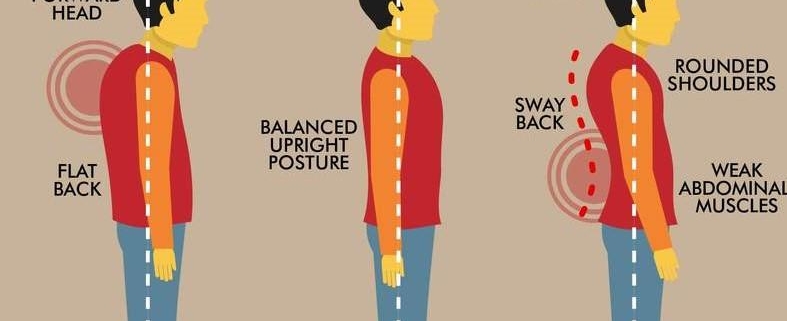
Posture Tips
Overview
Having good posture means aligning your body in such a way that the least amount of strain is put on your muscles and ligaments while motion or rest. Proper posture is crucial not just for your overall appearance, but also for your health, enabling you to breathe properly, reduce fatigue, prevent injuries and maintain a healthy spine.
Types of Posture
There are generally four types of posture:
1. Neutral Posture: This is the ideal alignment. It reduces stress on the joints and muscles.
2. Kyphosis-Lordosis Posture: This is characterized by an excessive inward curve in the lower back and an excessive outward curve in the upper back.
3. Flat Back Posture: In this type, the lower back is flatter than usual, causing the person to lean forward.
4. Sway-Back Posture: This posture involves a person leaning backwards, with the hips being pushed forward.
Causes of Poor Posture
Poor posture can happen for a variety of reasons, including:
- Lack of awareness or being in bad postural habits
– Sedentary behavior like prolonged sitting
– Muscle imbalances
– Not working out enough, or not doing exercises correctly
Symptoms of Poor Posture
The signs of poor posture include:
- Back, neck, and shoulder pain
– Headache
– Decreased flexibility
- Difficulties in breathing
– Muscle fatigue and tension
Diagnosis
Doctors assess posture by observing the patient while standing, sitting, and moving. They’ll look at the curvature of your spine, the tilt of your head, and the position of your shoulders, hips, and knees. Sometimes, imaging tests such as X-rays may be needed.
Treatment Options
Here are some treatment options for poor posture:
1. Physical Therapy: These exercises strengthen the muscles, making good posture easier to maintain.
2. Chiropractic Care: Manual adjustment of the spine can help realign the body.
3. Posture Corrective Devices: Braces and supports can help correct posture.
Living with Posture Tips
Here are some practical tips for improving your posture:
– Be mindful of your posture throughout the day.
- Do exercises that strengthen your core.
– Adjust your workstation to be ergonomically beneficial.
– Use supportive footwear.
– Sleep on a supportive mattress.
When to Seek Help
If poor posture results in chronic or severe pain, it might be time to seek professional help. It’s also important to speak with a healthcare provider if poor posture is the result of a traumatic event or injury, as this might indicate a more serious problem.
Following the above tips and making necessary lifestyle adjustments can greatly improve your posture, contributing to better health and an improved quality of life. Remember, each small step can make a big difference. It’s never too late to start working on your posture.
